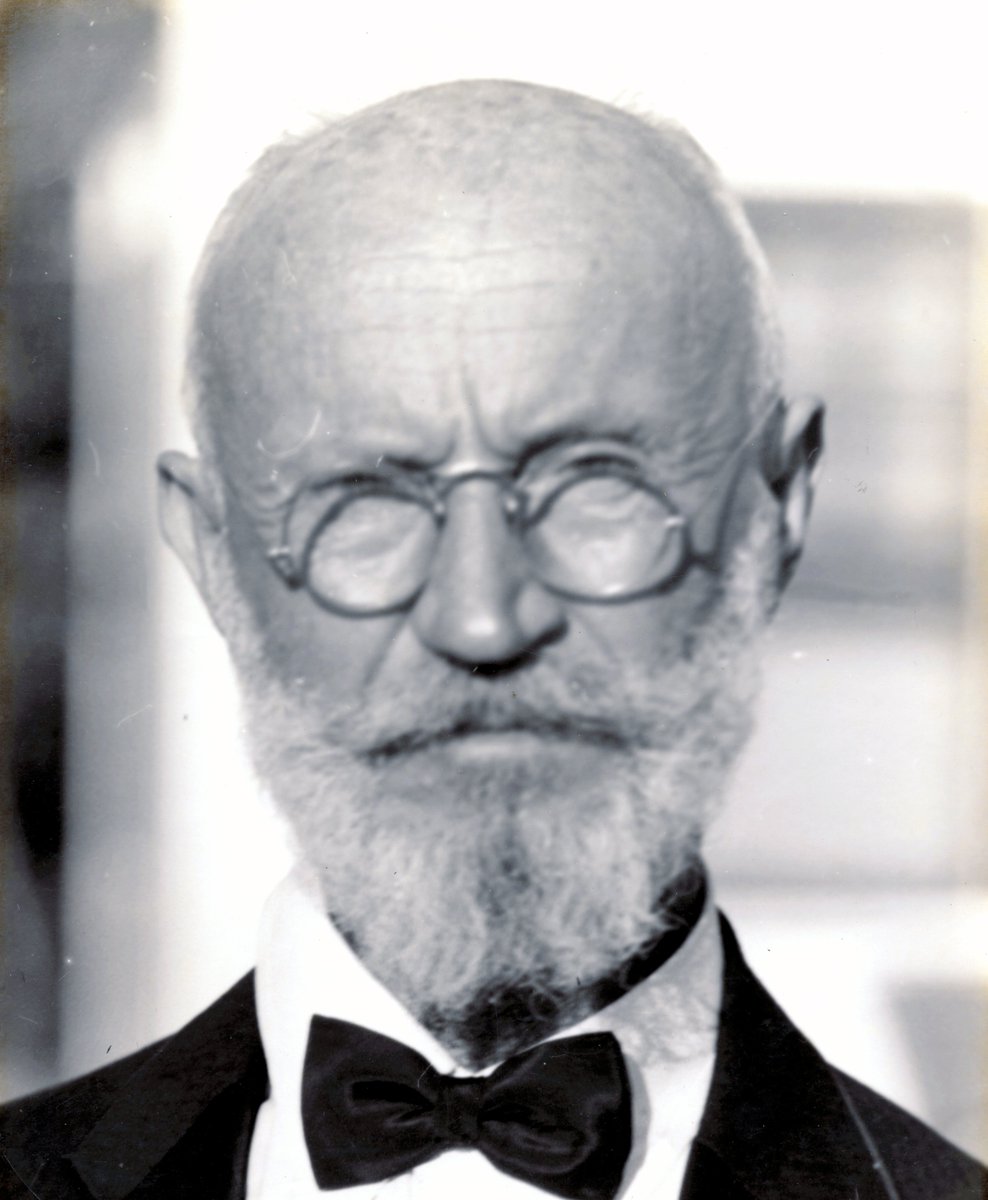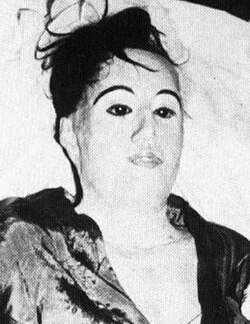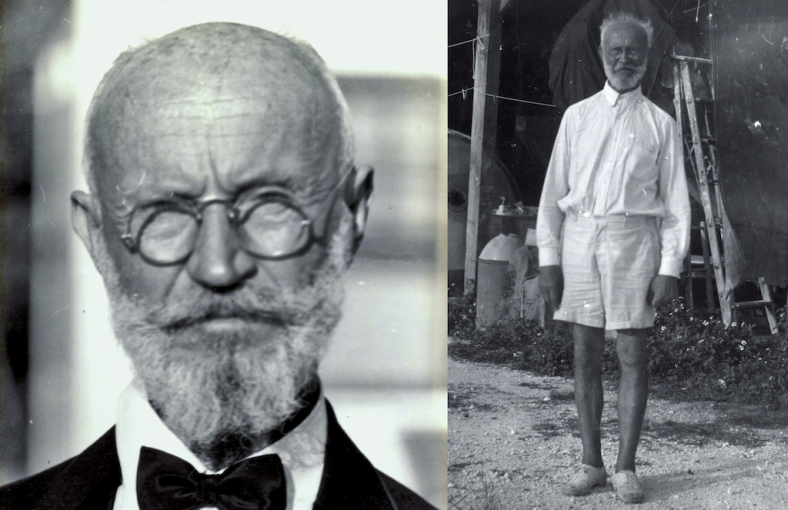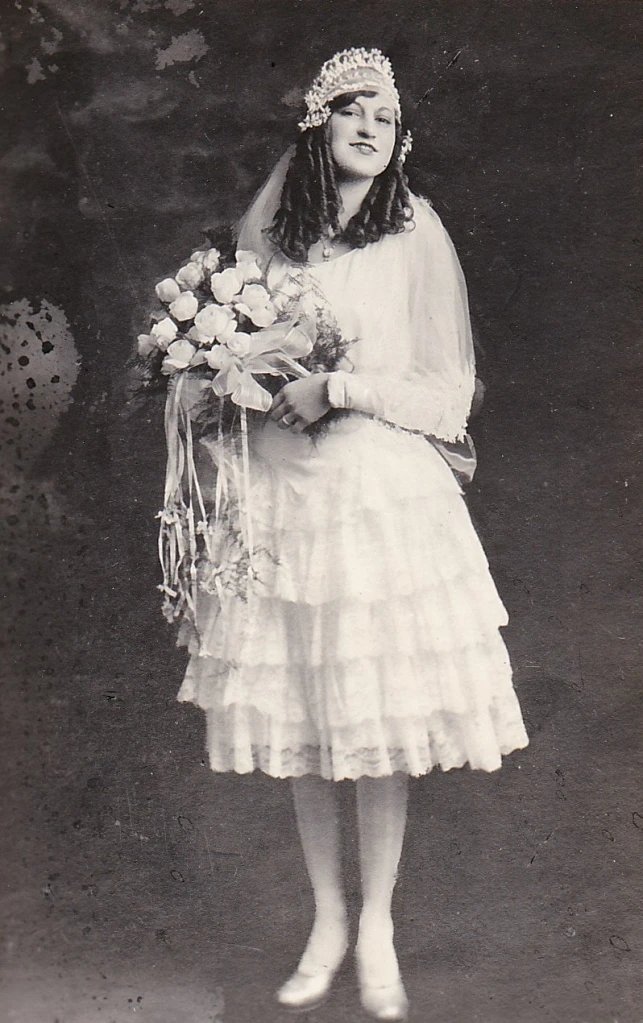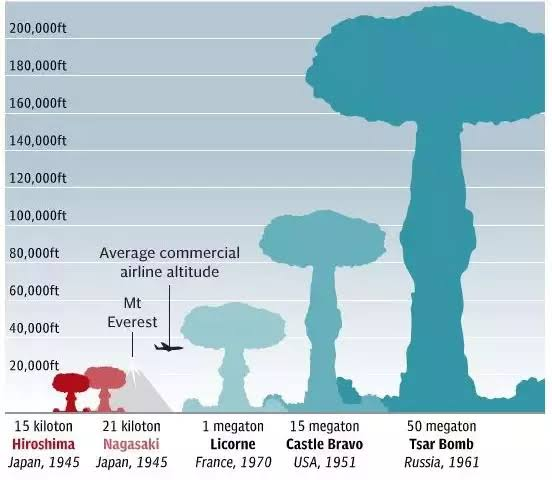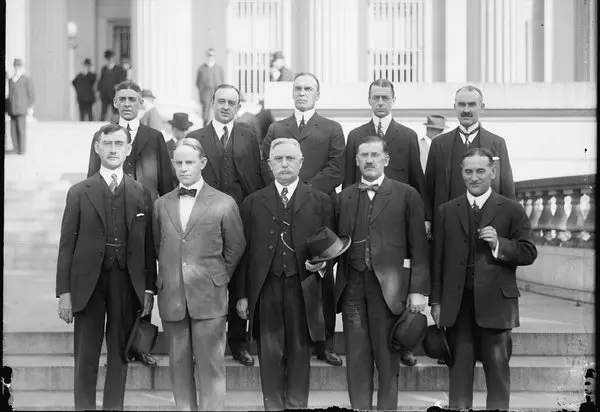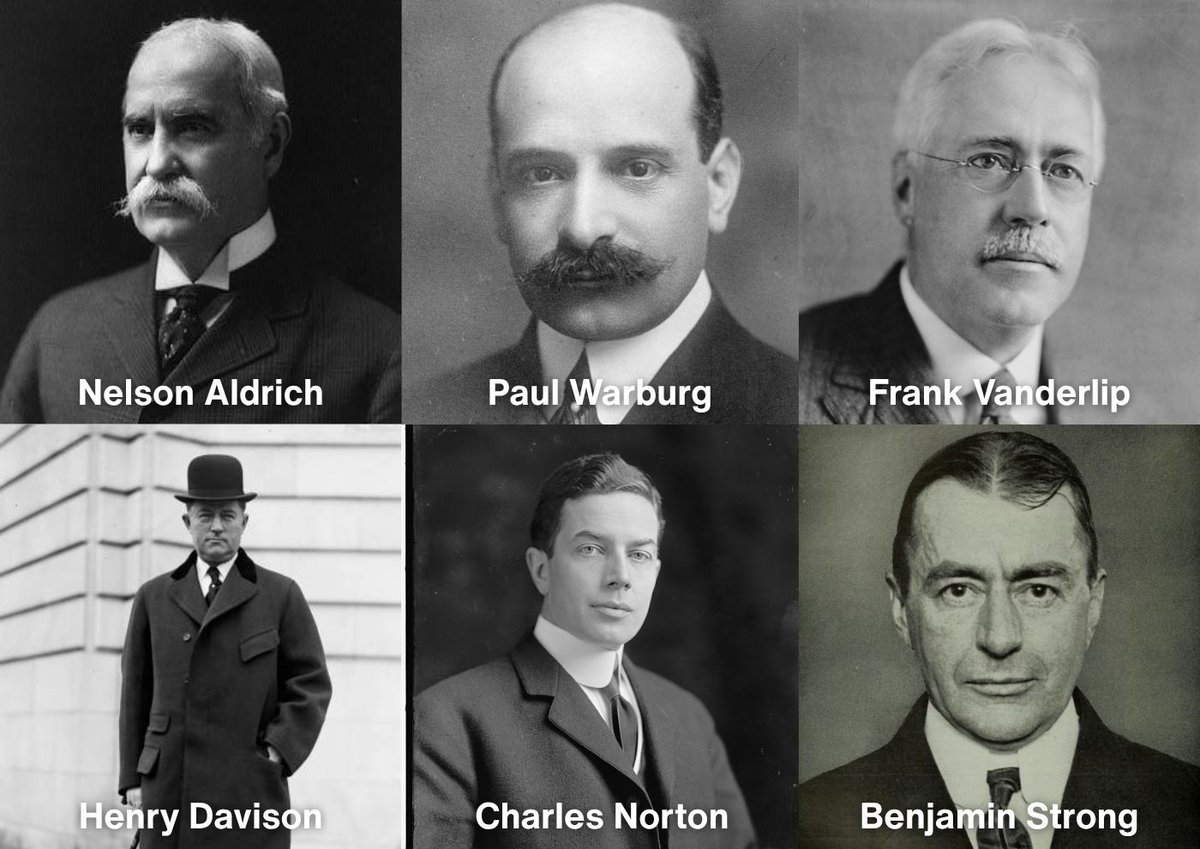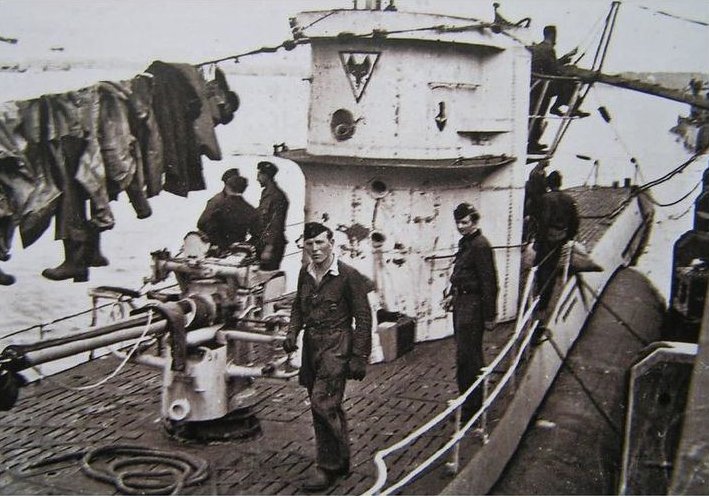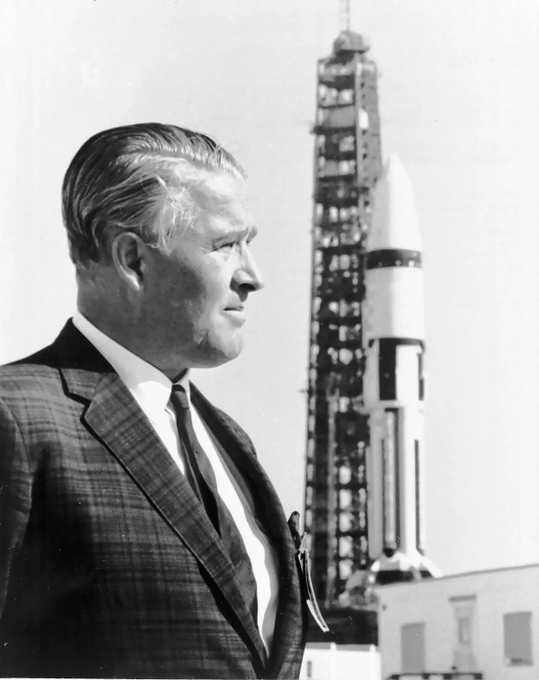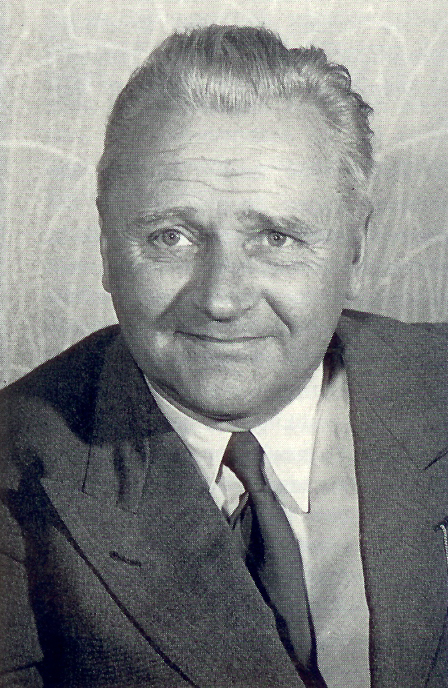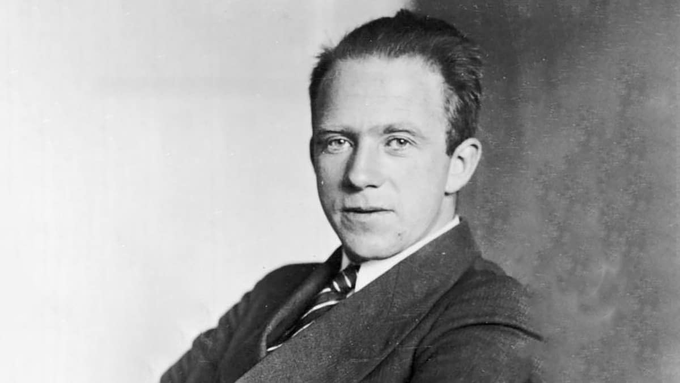The Titanic didn’t sink the way you think.
J.P. Morgan had a first-class ticket on the Titanic.
But he canceled at the last minute.
His biggest financial rivals stayed onboard—and never made it back.
Here’s the truth about the ‘unsinkable’ ship:
J.P. Morgan had a first-class ticket on the Titanic.
But he canceled at the last minute.
His biggest financial rivals stayed onboard—and never made it back.
Here’s the truth about the ‘unsinkable’ ship:

On April 14, 1912, the RMS Titanic struck an iceberg and sank, killing over 1,500 people.
A tragic accident. A maritime disaster.
But some researchers argue that the Titanic didn’t sink by accident—it was sunk on purpose.
A tragic accident. A maritime disaster.
But some researchers argue that the Titanic didn’t sink by accident—it was sunk on purpose.

And the mastermind? Banking mogul J.P. Morgan.
The theory suggests that Morgan, the most powerful financier of his time, deliberately orchestrated the disaster for financial gain.
The Titanic had a nearly identical sister ship: the Olympic.

The theory suggests that Morgan, the most powerful financier of his time, deliberately orchestrated the disaster for financial gain.
The Titanic had a nearly identical sister ship: the Olympic.


A year before the disaster, the Olympic was involved in a serious collision with the Royal Navy cruiser HMS Hawke.
It was badly damaged and declared uninsurable.
What if White Star Line switched them to commit the greatest insurance fraud in history?
It was badly damaged and declared uninsurable.
What if White Star Line switched them to commit the greatest insurance fraud in history?
The plan:
- Rename the damaged Olympic as Titanic.
- Send it out to sea, ‘accidentally’ sink it, and collect the massive insurance payout.
Far-fetched? Maybe. But keep reading.
- Rename the damaged Olympic as Titanic.
- Send it out to sea, ‘accidentally’ sink it, and collect the massive insurance payout.
Far-fetched? Maybe. But keep reading.
J.P. Morgan was the power behind the White Star Line.
At the time, he was consolidating control over the U.S. financial system through the creation of the Federal Reserve.
Three of the biggest opponents to the Federal Reserve were aboard the Titanic:
At the time, he was consolidating control over the U.S. financial system through the creation of the Federal Reserve.
Three of the biggest opponents to the Federal Reserve were aboard the Titanic:

1. Benjamin Guggenheim (mining magnate)
2. Isidor Straus (co-owner of Macy’s)
3. John Jacob Astor IV (one of the richest men in the world)
All three opposed Morgan’s plans for the Federal Reserve.
None of them survived.
Meanwhile, J.P. Morgan had a first-class ticket on the Titanic—but canceled his trip at the last minute.


2. Isidor Straus (co-owner of Macy’s)
3. John Jacob Astor IV (one of the richest men in the world)
All three opposed Morgan’s plans for the Federal Reserve.
None of them survived.
Meanwhile, J.P. Morgan had a first-class ticket on the Titanic—but canceled his trip at the last minute.



In 1985, researchers discovered the Titanic wreck.
But when they examined the hull, they found something shocking:
The metal plating was bent outward.
This suggests an explosion inside the ship—not just an iceberg impact.
But when they examined the hull, they found something shocking:
The metal plating was bent outward.
This suggests an explosion inside the ship—not just an iceberg impact.

What caused it?
Some claim a fire had been burning in the coal bunker before the Titanic even set sail.
If true, the ship was already doomed before it hit the iceberg.
Some claim a fire had been burning in the coal bunker before the Titanic even set sail.
If true, the ship was already doomed before it hit the iceberg.

When survivors arrived back in England, the White Star Line locked them in a warehouse for 24 hours.
Officials allegedly told them never to speak about what they saw.
Then, no thorough investigation took place.
No one was ever held responsible.
Officials allegedly told them never to speak about what they saw.
Then, no thorough investigation took place.
No one was ever held responsible.
The U.S. government and British authorities closed the case.
J.P. Morgan, meanwhile, went on to establish the Federal Reserve the very next year—securing his place as the most powerful banker in history.
J.P. Morgan, meanwhile, went on to establish the Federal Reserve the very next year—securing his place as the most powerful banker in history.
No one can prove the Titanic was deliberately sunk.
But here’s what we do know:
1. J.P. Morgan controlled White Star Line
2. He canceled his trip at the last minute
But here’s what we do know:
1. J.P. Morgan controlled White Star Line
2. He canceled his trip at the last minute

3. Three of his biggest rivals died aboard
4. There are serious discrepancies in the Titanic’s construction, sinking, and insurance
Coincidence? Maybe.
Or maybe one of the greatest financial schemes in history.
What do you think?
4. There are serious discrepancies in the Titanic’s construction, sinking, and insurance
Coincidence? Maybe.
Or maybe one of the greatest financial schemes in history.
What do you think?

If you like this thread, help me on my mission:
"The school and the media failed to teach you history.
My mission is to help you learn more about history and the key moments that defined our existence."
Follow me @_HistoryNerd for more...
"The school and the media failed to teach you history.
My mission is to help you learn more about history and the key moments that defined our existence."
Follow me @_HistoryNerd for more...

• • •
Missing some Tweet in this thread? You can try to
force a refresh


